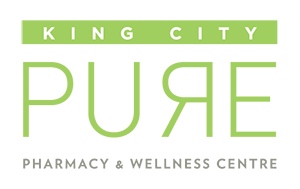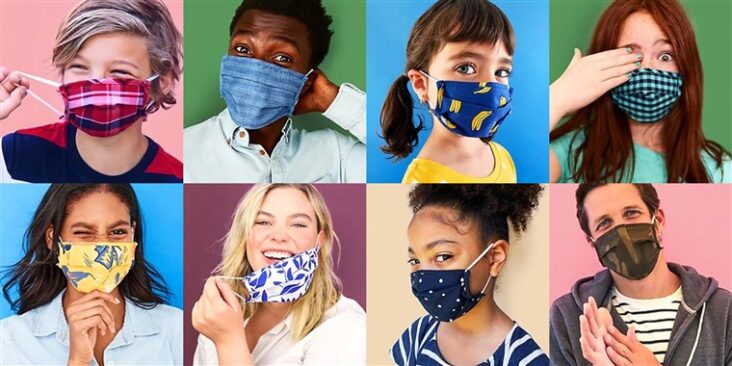As we open up our economies, the question of what we need to do to ensure that the rate of COVID transmission remains low is at the forefront. Many businesses have adopted new health & safety protocols which include wearing masks along with sanitizing and keeping 6 feet apart. However, the most controversial measure by far has been the requirement of masks by many businesses. Many people find them uncomfortable to wear, they feel that masks increase CO2 levels in their blood and that the masks don’t do anything to prevent the spread of the virus.
As with many things about this virus, we don’t know enough. It is a “novel” virus after all. This is one of the reasons why health & safety guidelines keep changing around this issue as we learn more about the virus. What the health officials do know now is that this virus travels via droplets released in the air from an infected person. These droplets can be released when the person talks, coughs, or sneezes. They also know that many people are infected but show no symptoms or show symptoms several days after being infected,. There is a possibility that they could be carrying the virus and shedding it without knowing via talking, sneezing, or coughing. What the mask does is to possibly reduce the spread of these droplets from asymptomatic and pre-symptomatic people. The droplets may not be stopped completely by the mask but their trajectory is slowed down so they may not travel as far to infect another person who is not 6 feet away. Your mask doesn’t protect you from getting the virus, it protects the other person from catching it if you might be an asymptomatic carrier. Hence wearing a mask in public spaces makes sense as a public health measure to control the pandemic.
Both CDC and WHO recommend a cloth face mask as an added precaution along with staying 6 feet apart, washing hands and staying home if sick. Evidence is now emerging from countries where masks were mandated in public, that the number of new cases decreased significantly after this strategy was implemented. It is likely a short term strategy to ensure that our rates of COVID infections continue to decline and we don’t experience a second wave.
I totally get that masks are not the most pleasant things to wear (I don’t enjoy wearing them either) but they are harmless if used for short periods of time which is what is being requested of us.
So here is what I recommend as we open up the economy and try to get things back to normal
- Don’t forget to support your IMMUNE SYSTEM. It was and still is your best defense against the coronavirus. Most of the people that were infected with the coronavirus recovered without any medical intervention because their well functioning immune system was able to kill the virus. If you want a refresher on how to support your immune system, you can listen to the webinar I did back in April http://kingcitypharmacy.ca/webinar-strategies-to-support-immune-system-during-the-pandemic/
- Stay home if you are sick. Call public health for guidance if you are not sure if you should get tested. Don’t wait for your symptoms to get worse before calling public health.
- Wash your hands often with soap and water. Wash it before you leave home and as soon as you come back home.
- Be mindful of where your hand is. Do not touch your face, mouth, or eyes. By far, the easiest way for the virus to get into your body is through the thin membranes of your mouth, eyes, and nose. If you have an urge to touch your face, then first wash your hands with soap and water or use a hand sanitizer if outside before touching your face.
- Stay 6 feet apart from people especially when talking to them.
- When going shopping or in indoor places, where there is a chance you won’t be able to maintain physical distancing and you are breathing in the same air, put on a mask. Wearing a mask doesn’t have to be boring, make it fun. You can make your own mask or get someone to make it for you. Make it with colorful fabric, draw a smiley face on it, or match it with your outfit.
- Choose love over fear. Visualize a better tomorrow. What you focus on grows so let’s not focus on the second wave of infections but instead focus on a virus-free tomorrow.
It has been a tough few months for many of us but the number of cases is on a decline, the weather is warming up and our economies are opening up. Let’s continue to practice health & safety guidelines while visualizing a better tomorrow.
Yours in Health & Wellness
Aziza Amarshi
Pharmacist & Holistic Nutritionist

